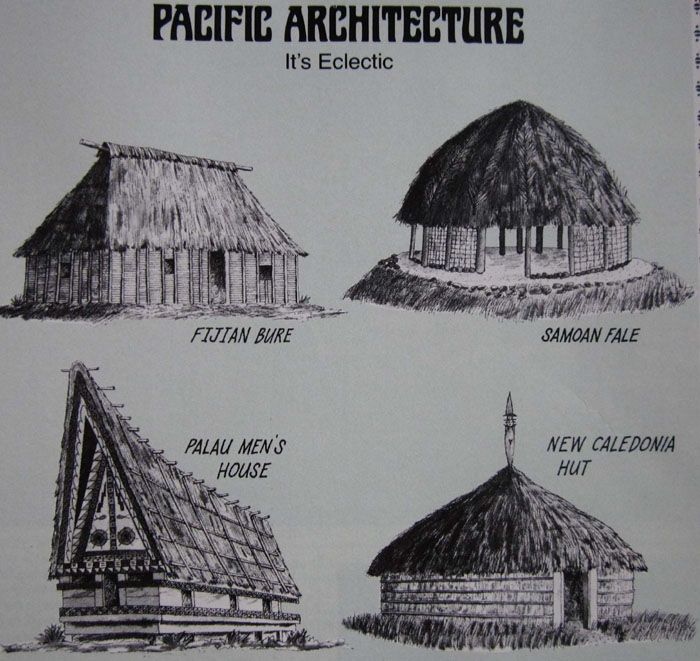A men’s house in Melanesia is a sacred ceremonial building, called a haus tambaran (or faluw in some regions), where men traditionally gather for important ceremonies, clan meetings, and social teachings. These structures are often highly decorated with sculptures and paintings, serve as centers of male social and spiritual power, and were historically off-limits to women and uninitiated males.
Key Aspects
- Centrality and Sacredness:Men’s houses are central to village life and are considered sacred structures where spiritual rituals and ceremonies take place.
- Social Control and Masculinity:They function as a source of male power, from which instructions on masculinity, economic duties, and clan responsibilities are taught to initiates, according to the Divine Word University article.
- Ceremonial and Artistic Importance:Haus tambaran are notable for their elaborate ornamentation, including intricate paintings, ancestor sculptures, and clan treasures.
- Gendered Spaces:In many Melanesian societies, these houses embody a separation between men’s and women’s spaces, reflecting a traditional antagonism between the sexes in larger groups, according to the World Culture Encyclopedia.
- Initiation and Knowledge Transmission:Initiation into the men’s house was an important rite of passage where boys learned their roles as providers and defenders of the clan, with the house serving as a repository of traditional knowledge and skills.
- Decline of the Institution:In modern times, the institution of the men’s house and its associated ceremonies are declining due to changing cultural attitudes and external influences, which has led to concerns about the loss of cultural heritage and knowledge.
- Terminology:While “haus tambaran” is common in the Sepik River region of Papua New Guinea, men’s houses may have different names in other areas, such as faluw or fale in Yap.

